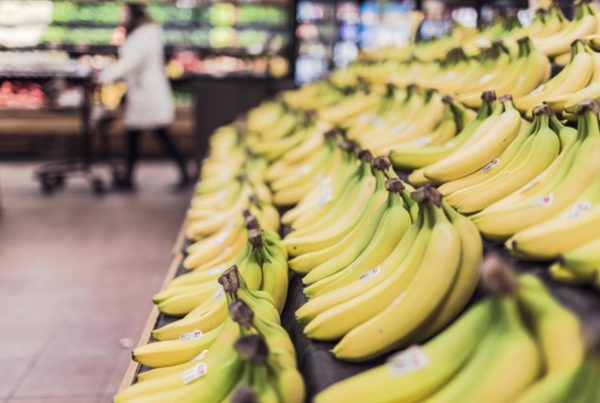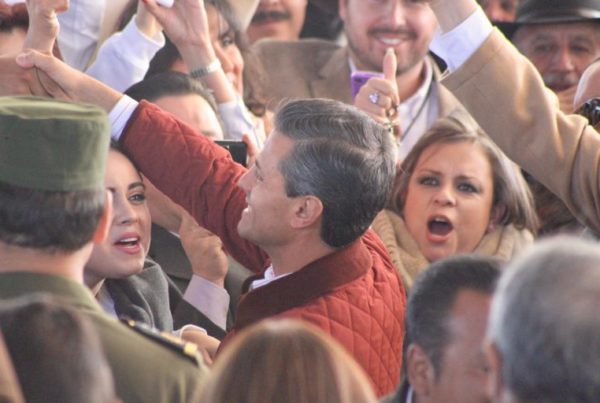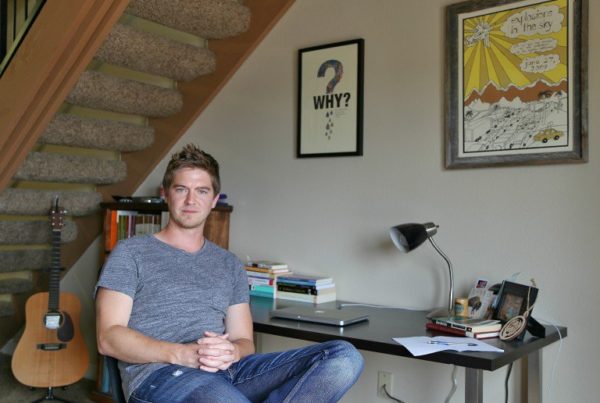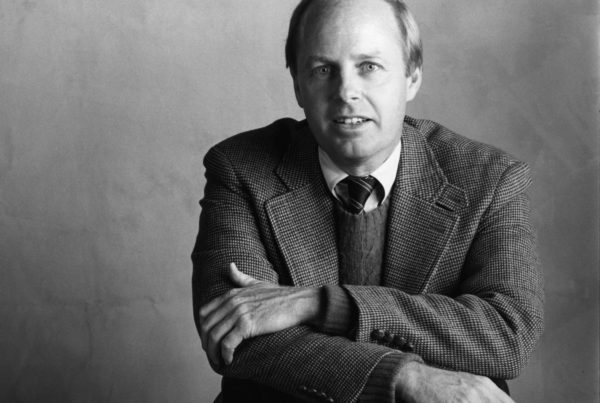If you haven’t heard the song “Despacito,” you’ve probably been hiding under a rock. As far as YouTube is concerned, it’s the biggest music debut of 2017 so far, with more than 20 million views just in the first 24 hours. Since its January release, it has nearly surpassed 1.3 billion views.
Wayne Marshall, an assistant professor of music history at Berklee College of Music, describes “Despacito” as a “fusion of a pop song” with a reggaeton beat.
“This classic Afro-Caribbean drum pattern has been the underpinning for reggaeton and dancehall reggae before it,” Marshall says “and has been a major part of the global pop and dance world for a long time, but certainly has been in major ascendance for the last 10 years.”
The performers behind “Despacito” – Daddy Yankee and Luis Fonsi – are two of the most successful singers and songwriters in the Spanish-speaking music world. Yet, until April, they were relatively unknown to some native English speakers in the U.S. That changed when they re-released the song in April, featuring Justin Bieber singing a few lines in Spanish, doubling its reach.
Thanks to Bieber’s contribution, “Despacito” is the first mostly Spanish language song to make the top 10 of the Billboard Hot 100 chart since 1996, when “La Macarena” made the list.
“The interesting thing about this song is that it did seem at first to have a real grassroots popular appeal,” Marshall says. “[Daddy Yankee and Luis Fonsi] have really managed to capitalize on that success and they’ve really savvily recruited some other pop stars and producers to add their contributions and turn this thing into a real juggernaut.”
In addition to its catchy reggaeton beat, Marshall says that much of “Despacito’s” international appeal is due to the fact that it’s also a very well-crafted pop song.
“It’s almost a classic pop song in terms of the chord progression,” he says. “It uses these four chords, which have been the bedrock of a lot of great pop songs since the 1960s.”
Marshall says that new metrics, such as Spotify and YouTube streams, have made it easier for new types of songs, such as those in Spanish, to make it to the top of the Hot 100. “Despacito” is the first Spanish language song to reach number 1 on Spotify’s global chart.
“It’s absolutely fascinating when you see a song that’s mainly if not entirely in Spanish appear in some of these places,” Marshall says. “Whether it holds on and is able to contend with the Ed Sheerans, the Futures, and the Bruno Mars’ of the world, still remains to be seen.”
Written by Molly Smith.
















